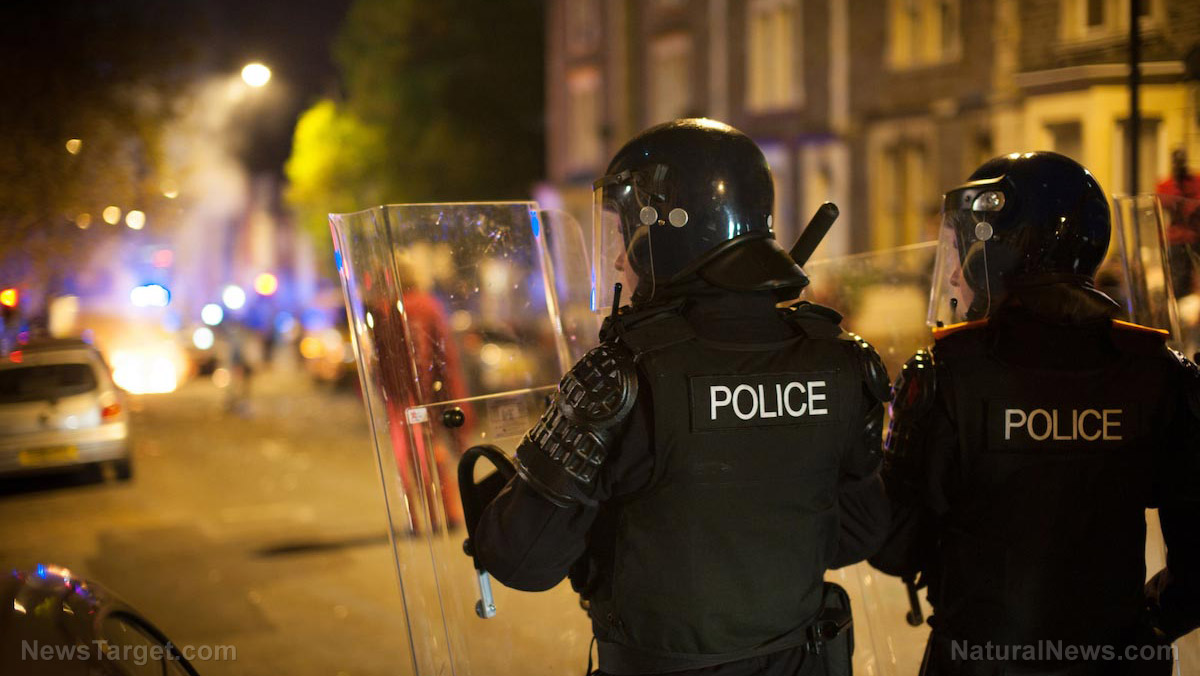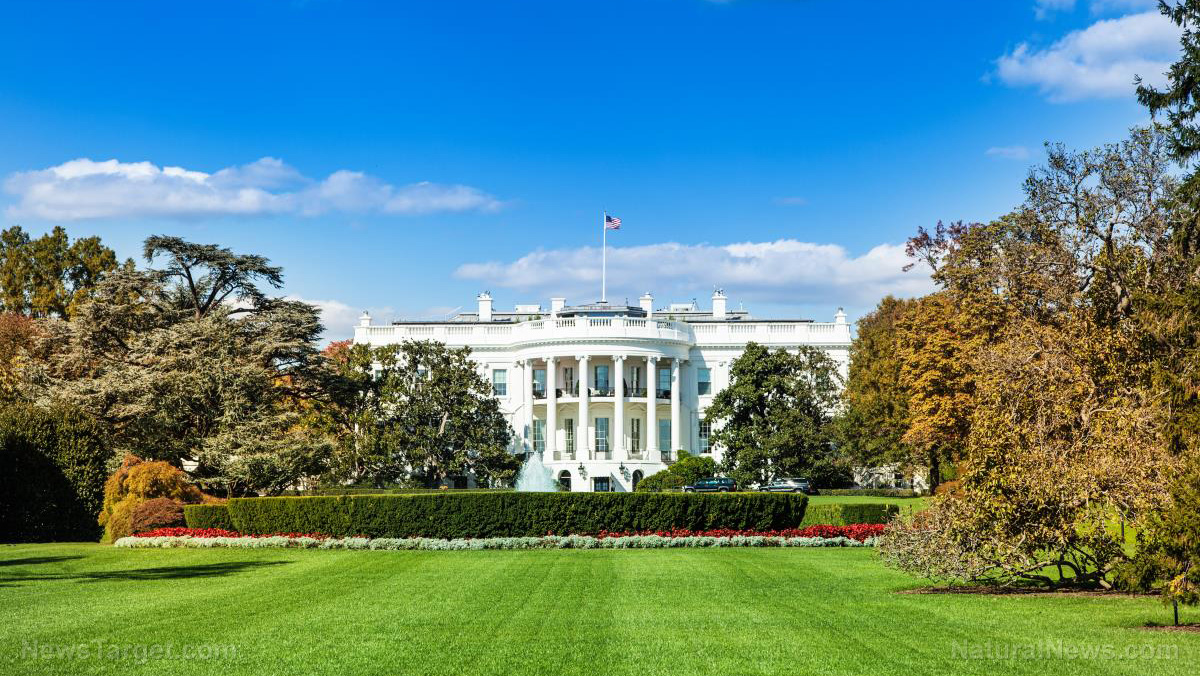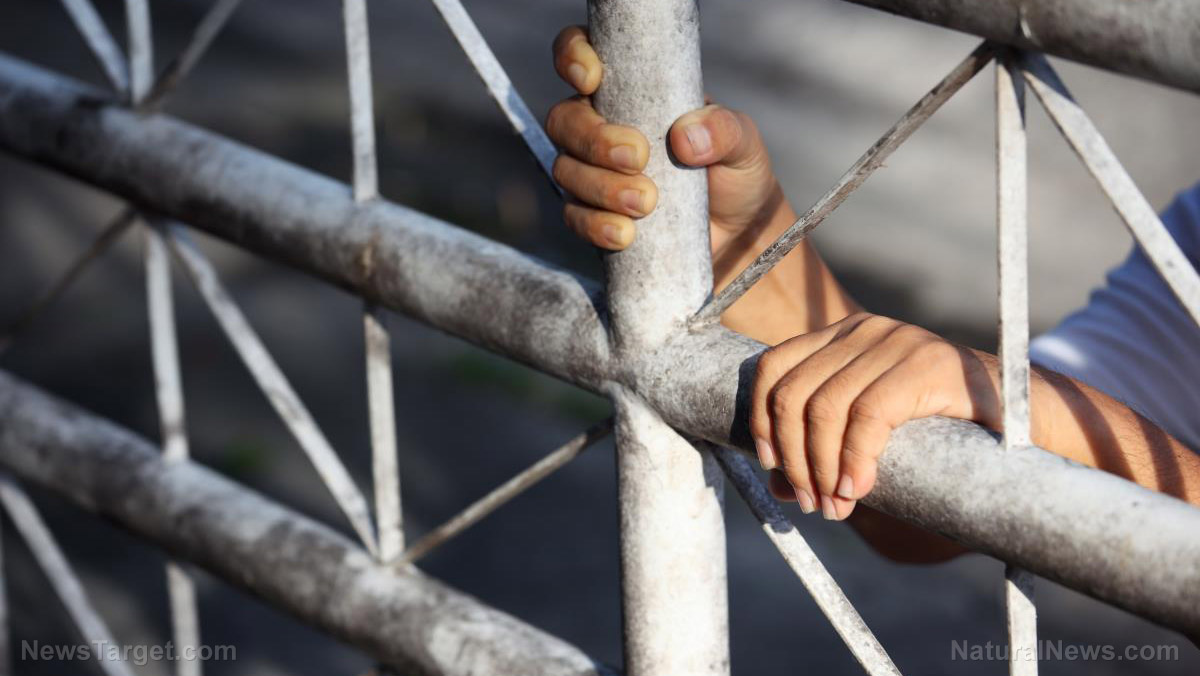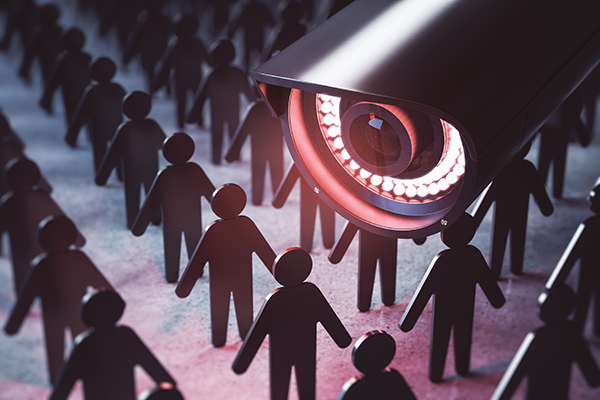
The 19th Precinct, which covers the area from East 59th Street to East 96th Street in the Upper East Side, is one of Manhattan’s most densely populated residential areas, and it’s the home to many billionaire and multi-millionaire residents.
During the past month, robberies in the precinct have risen by 286 percent compared to the same period of time last year. Five of the 27 reported incidents were gunpoint robberies, according to the police department, who added that there have already been 14 gunpoint robberies there so far this year; there were a total of four in all of 2019.
Three of the gunpoint robberies took place in a one-hour period last weekend, when a group of four people robbed a 45-year-old man, an 18-year-old man, and a couple in their 20s in separate incidents. Three teenagers – two 16-year-olds and a 17-year-old – have been arrested and charged with first-degree robbery; a loaded gun was recovered.
One of the robberies was within a block or two of the homes of billionaires John Paulson and Glenn Dubin, worth $4.2 billion and $2 billion respectively. Another robbery was just a block away from the residence of financier Henry Kravis, who is worth $6.5 billion. It was also close to the "world’s richest apartment building” at 740 Park Avenue.
New York Governor Andrew Cuomo acknowledged the rise in crime when speaking at a press conference about the possibility of a millionaire’s tax, saying: “We used to be worried, millionaire’s tax, people might leave. No, no, the burden shifted – we’re trying to get people to come back.”
According to the governor, a single percent of the state’s population pays half of its taxes, and these also happen to be highly mobile people who can easily pick up and leave for anywhere they want.
He warned: “But if the city does not tamp down on the violence wealthy residents won’t return from their second homes, companies won’t put people back to work, and commuters won’t ride public transit.”
Last week, Cuomo said the “devastating” crime wave in the city was very concerning. The week before that press conference saw 47 shootings in the Big Apple in a 176 percent rise over the same period the year before. He cited the economy, the COVID-19 pandemic, the release of inmates from Rikers Island, and anti-police sentiment as reasons behind the spike.
He said: “The situation with the NYPD and the tension with the protests groups and community groups is a factor. How that is playing out? I’m not sure exactly that anybody knows, but I know the NYPD feel they are under significant pressure, which they are. And that tension is in the mix.”
Crime has been rising since NYPD anti-crime unit disbanded
On June 15, the NYPD disbanded its anti-crime unit that was made up of plainclothes police officers. In the two weeks that followed, the city saw three times the number of shootings that were registered during the same period in 2019 as gunfire climbed 205 percent from 38 incidents to 216 incidents. It was a decision that many people saw as being politically motivated, and many experts warned that crime would rise as a result. Unfortunately, the statistics seen in the city in recent months have proved them correct.
This is exactly what happens when police lose support and funding, and it won’t be surprising to see more cities follow suit as police defunding efforts get underway around the nation. In the case of New York City, the loss of wealthy residents could leave the state with a lot less tax money, which will hurt the very social programs so many BLM protesters say are needed.
Sources for this article include:
Please contact us for more information.























